Introduction of CNC Machining

Definition of CNC machining
CNC (Computer Numerical Control) machining is a manufacturing process that uses computerized systems to control and automate machine tools. The process involves using software to control cutting tools, such as mills and lathes, to produce precision parts with high accuracy and repeatability. The software inputs the design specifications, including material type, cutting speed, and tool path and the machine tool executes the cutting operations according to these inputs. CNC machining is commonly used in the aerospace, automotive, and medical device manufacturing industries.
Brief explanation of cNC Machining process
CNC machining is a process in which a machine tool, such as a lathe or mill, is controlled by a computer to produce precision parts with high accuracy and repeatability. The process starts with creating a design for the part or component to be produced, typically done using computer-aided design (CAD) software. The design is then transferred to the CNC machine, and the software inputs the cutting parameters and generates the tool path, which defines the movement of the cutting tool. The machine then executes the cutting operations according to the specified tool path.
The computer monitors the cutting operations throughout the machining process and makes real-time adjustments to maintain the desired cutting speed, tool path, and material removal rate. This results in high precision and accuracy, even for complex and intricate shapes, and allows for consistent and repeatable production of parts.
In summary, CNC machining is a combination of computer software and machine tools that work together to produce precise and accurate parts with high efficiency and repeatability.
Advantages of CNC Machining
CNC machining offers several advantages over traditional manual machining methods:
Precision and accuracy: CNC machining uses computerized systems to control the cutting tools, which results in high precision and accuracy in the finished product.
Complex and intricate shapes: CNC machining enables the production of complex and intricate shapes and designs that would be difficult to achieve using manual machining methods.
Repeatability and consistency: CNC machining is highly repeatable, ensuring that each part produced is consistent and meets the required specifications.
Mass production capability: CNC machining enables the production of parts in large quantities, making it ideal for mass production.
Increased efficiency: CNC machining is faster and more efficient than manual machining methods, as the computerized control system can cut operations faster and with less waste.
Increased flexibility: CNC machining software can be easily updated to produce new or updated parts, making it more flexible than manual machining methods.
Improved safety: CNC machining reduces the risk of human error and can be programmed to avoid dangerous cutting operations, improving safety in the manufacturing process


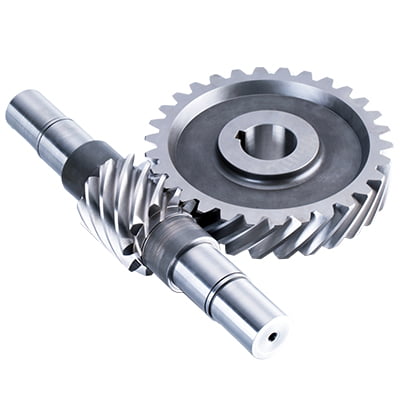
The Process of CNC Machining
The process of CNC machining involves several steps:
Design creation using CAD software: The first step in CNC machining is to create a design for the part or component to be produced. It is typically done using computer-aided design (CAD) software, which allows the designer to create a 3D model of the part and specify the necessary materials and tolerances.
Transfer of design to CNC machine: Once the design is complete, it is transferred to the CNC machine. The machine reads the design and prepares it for cutting operations.
The input of cutting parameters and tool path generation: The next step is to input the cutting parameters, such as material type, cutting speed, and feed rate, into the CNC machine. The machine then generates the tool path, which defines the movement of the cutting tool.
Execution of cutting operations: The CNC machine then executes the cutting operations according to the tool path and cutting parameters. The computerized control system monitors the cutting operations in real time and makes adjustments as necessary to maintain the desired cutting speed and material removal rate.
Quality control: After the cutting operations are complete, the part is inspected to ensure that it meets the required specifications. It can make any necessary adjustments or modifications at this stage.
In summary, CNC machining is a highly automated process that uses computerized systems to control the cutting tools and produce precise and accurate parts with high repeatability. The process involves creating a design, transferring the design to the machine, inputting cutting parameters, generation of the tool path, and execution of the cutting operations.
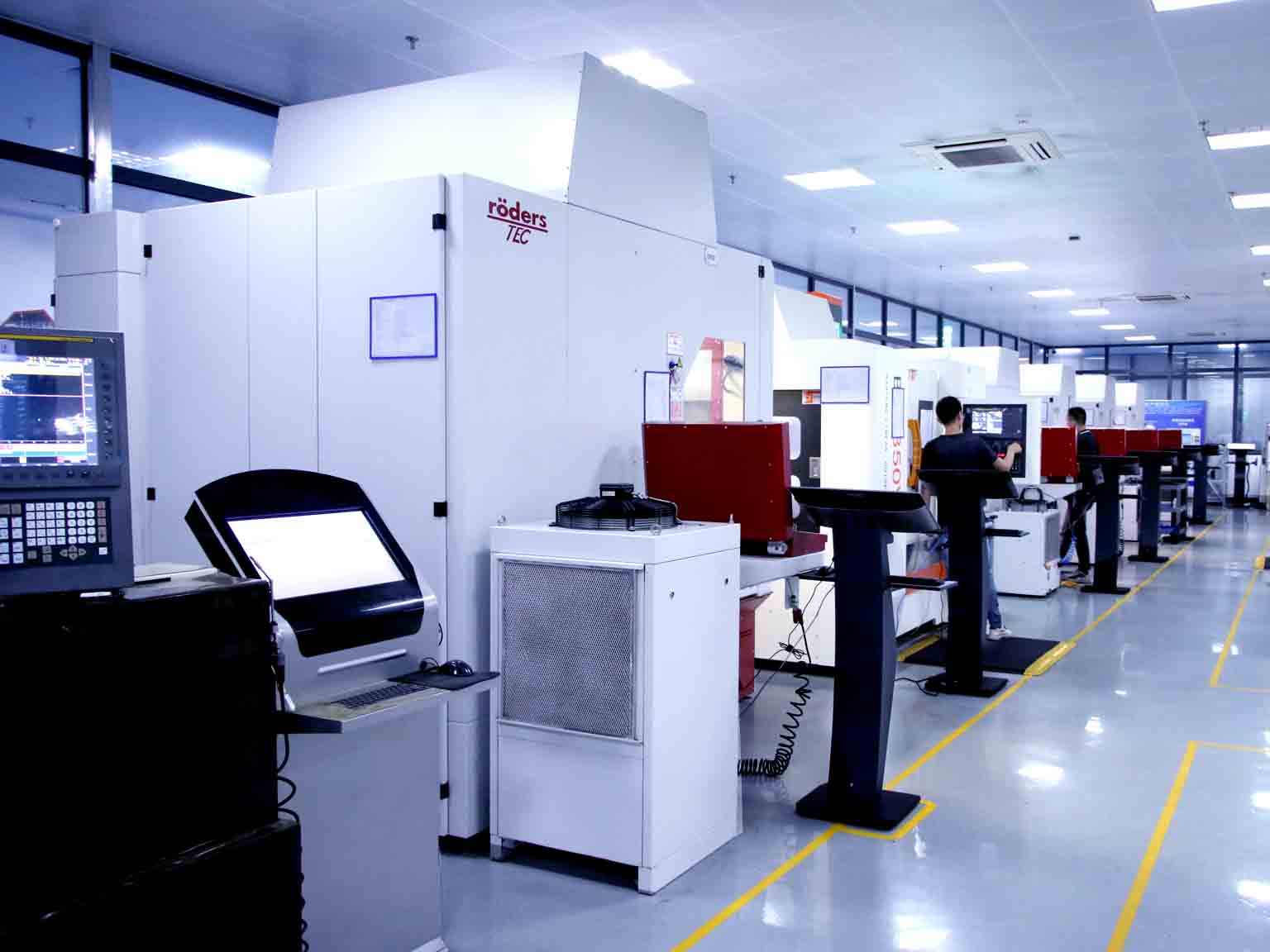
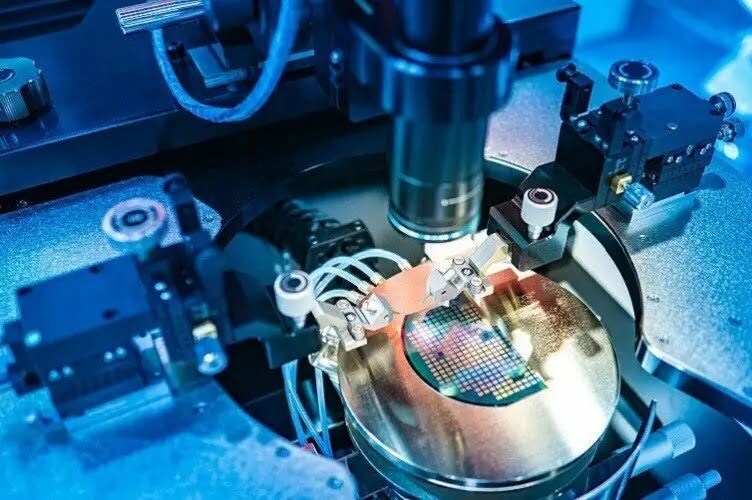
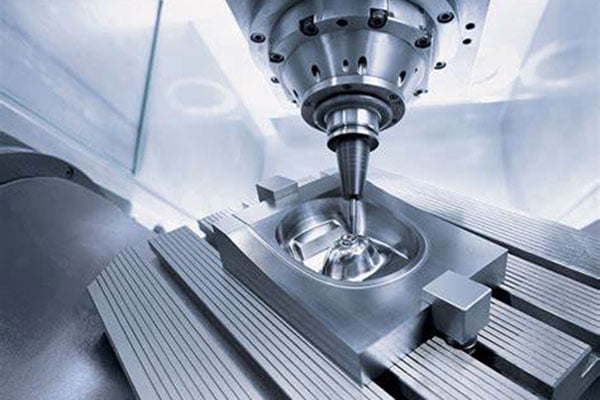
Applications of CNC Machining
Aerospace: CNC machining produces complex and intricate components for use in the aerospace industry, such as aircraft engines and landing gear.
Automotive: CNC machining produces a wide range of automotive components, including engine parts, suspension components, and transmission parts.
Medical devices: CNC machining produces precision components for medical devices, such as implants and surgical instruments.
Defense: CNC machining produces components in the defense industry, such as weapons and military equipment.
Consumer goods: CNC machining produces a wide range of consumer goods, including electronics, household appliances, and sporting goods.
Energy: CNC machining produces components for use in the energy industry, such as wind turbines and oil drilling equipment.
Manufacturing: CNC machining is used in various manufacturing processes, including prototyping, production, and tool and die making.
In summary, CNC machining is a versatile and widely used manufacturing process with applications across various industries and products. Its ability to produce precise and accurate parts with high repeatability makes it an ideal solution for various manufacturing needs.
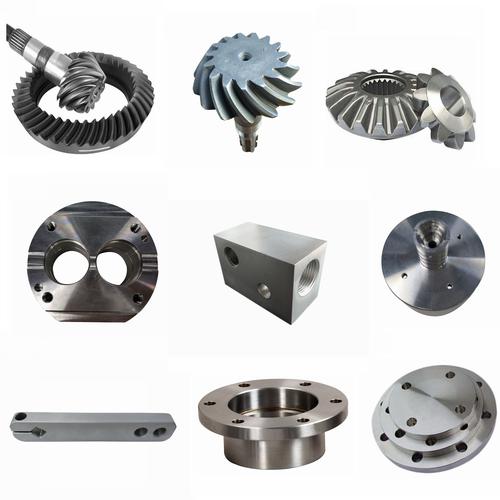
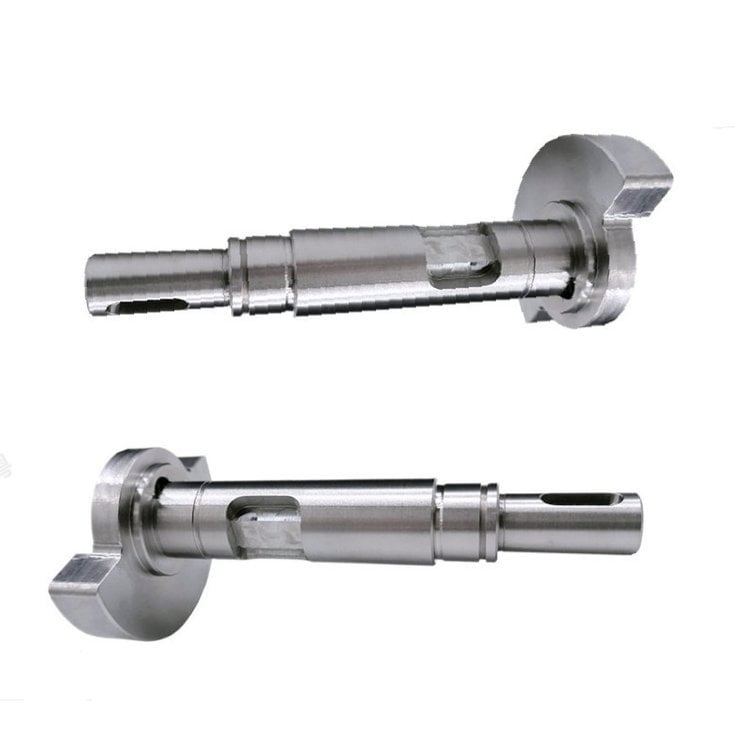
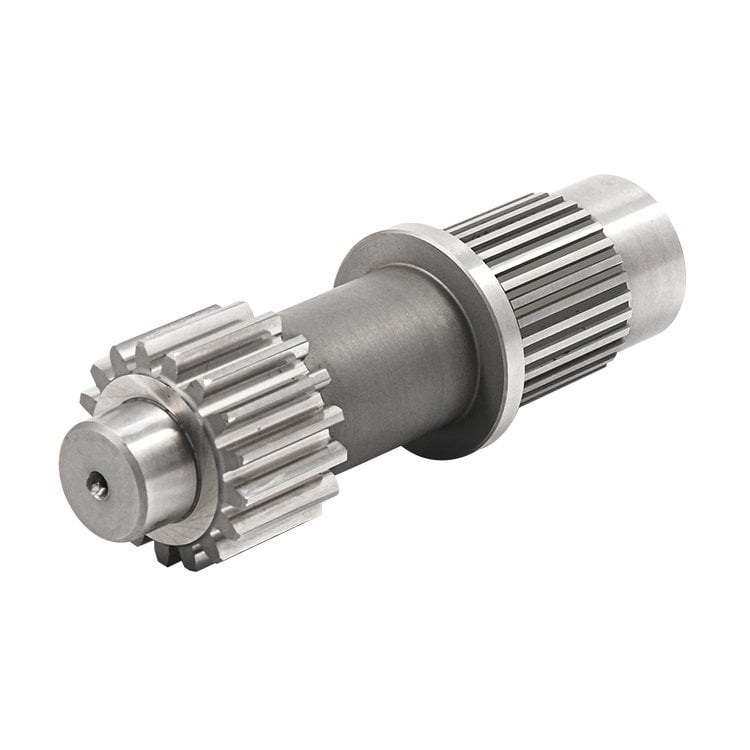
Conclusion
CNC machining is a computer-controlled manufacturing process that uses cutting tools to produce precision and accurate parts. The key points to remember about CNC machining are:
Precision and accuracy: CNC machining results in high precision and accuracy in the finished product.
Complex shapes: CNC machining enables the production of complex and intricate shapes and designs.
Repeatability and consistency: CNC machining is highly repeatable, ensuring that each part produced is consistent and meets the required specifications.
Mass production capability: CNC machining enables the production of parts in large quantities.
Increased efficiency: CNC machining is faster and more efficient than manual machining methods.
Increased flexibility: CNC machining software can be easily updated to produce new or updated parts.
Improved safety: CNC machining reduces the risk of human error and can be programmed to avoid dangerous cutting operations.
The process of CNC machining involves several steps, including design creation using CAD software, transfer of the design to the machine, input of cutting parameters, generation of the tool path, and execution of the cutting operations. CNC machining has a wide range of applications across several industries, including aerospace, automotive, medical devices, defense, consumer goods, energy, and manufacturing.
Future potential and advancements in CNC machining technology
CNC machining technology continues to advance, with innovations and advancements being made in areas such as:
Materials: CNC machining technology is being developed to work with a wider range of materials, including high-strength steels, titanium alloys, and advanced composites.
Automation: The trend towards automation and Industry 4.0 is driving the development of CNC machining technology, focusing on increasing efficiency, reducing costs, and improving the accuracy and consistency of parts.
3D printing: Integrating 3D printing technology with CNC machining allows manufacturers to produce parts with even greater complexity and precision.
AI and Machine Learning: AI and machine learning are being used to optimize cutting parameters, reduce tool wear, and improve the overall efficiency of the machining process.
Virtual Reality: Virtual reality technology is being used to develop advanced training programs for CNC machinists, allowing them to simulate complex machining operations and improve their skills.
Predictive Maintenance: Predictive maintenance is becoming more common in CNC machining, allowing manufacturers to monitor the health of their machines and predict when maintenance will be required, reducing downtime and improving efficiency.
In summary, the future of CNC machining technology is bright, focusing on automation, 3D printing, AI and machine learning, virtual reality, and predictive maintenance. These advancements are making CNC machining more efficient, cost-effective, and versatile and allowing manufacturers to produce parts with greater precision, accuracy, and consistency.












